Reviewed by Corey Noles
Meta's upcoming Hypernova smart glasses represent a fascinating case study in tech industry expectations versus reality. While the company gears up to unveil what could be its most ambitious wearable device yet, internal projections suggest remarkably modest commercial ambitions. Meta expects to sell around 150,000 to 200,000 units over the product's two-year market lifespan—a surprisingly conservative target for a company that's invested nearly $70 billion in Reality Labs since 2020. The disconnect between Meta's massive R&D spending and these cautious sales forecasts reveals something crucial about where AR technology really stands today: we're still in the patient foundation-building phase, not the explosive growth stage.
Why Meta's playing it safe with Hypernova
The conservative sales expectations aren't just corporate caution—they reflect genuine market realities that even Meta can't ignore. Meta plans to sell Hypernova with the sEMG wristband from $800, a price point that Bloomberg initially estimated could reach $1,000 to $1,400. The fact that Meta reduced costs and accepted thinner profit margins to hit that $800 target reveals their strategic priority: establishing market presence over immediate profitability.
This pricing strategy illuminates Meta's competitive timeline against Apple's premium approach. While Apple positions Vision Pro as a $3,499 mixed reality experience, Meta is betting that early AR adoption will favor practical utility over technological perfection. Industry observers suggest this cautious rollout reflects lessons learned across the AR sector, particularly around avoiding the overpromising that has plagued previous AR launches. Meta's approach signals they've learned that building sustainable consumer habits around wearable tech requires patience—and pricing that doesn't trigger immediate buyer's remorse.
The technical compromises behind those modest numbers
Hypernova's limited sales projections make more sense when you examine what Meta had to sacrifice to reach market. The glasses will weigh 70 grams—20 grams heavier than current Ray-Ban Meta glasses—and some insiders have expressed low expectations for sales due to the device's additional components. This weight increase directly reflects the fundamental challenge of wearable computing: every new capability demands physical space and power that users feel on their faces.
The technical architecture itself reveals Meta's calculated compromises. The smart glasses will feature a small digital display on the right lens with a 20-degree field of view, and crucially, Meta's HUD glasses are not considered AR. This positioning as a heads-up display rather than true augmented reality represents Meta's acknowledgment that manufacturing scalability trumps cutting-edge specs for early market penetration.
Even Meta's choice of LCoS, which faces design hurdles like brightness, response time and battery efficiency, reflects this pragmatic approach. Rather than pushing display technology to its theoretical limits, Meta prioritized proven manufacturability and cost control—decisions that directly support their ecosystem development strategy over hardware margins.
What success looks like when you're not expecting much
Here's where Meta's strategy reveals its sophistication: by setting conservative targets, they've created multiple pathways to claim victory while building crucial market intelligence. Analyst Ming-Chi Kuo predicts Hypernova will likely be an 'experimental product' with limited market share, which aligns perfectly with Meta's internal projections. But this experimental positioning masks a deeper strategic value: understanding real-world usage patterns before committing to mass-market production.
The Ray-Ban precedent demonstrates how modest expectations can evolve into market dominance. Ray-Ban Meta smart glasses revenue has tripled year-over-year, with more than 2 million Ray-Ban Stories units sold since 2023. Most tellingly, Meta's share of the global smart glasses market rose to 73% in H1 2025. This trajectory reveals how early consumer adoption in wearables follows gradual habituation rather than explosive adoption curves—a pattern that validates Meta's conservative Hypernova projections.
PRO TIP: The real success metric for Hypernova won't be unit sales—it'll be user engagement patterns and developer ecosystem growth. Meta's low expectations create space to optimize for long-term platform development rather than short-term revenue targets.
The bigger picture behind the conservative bet
Meta's restrained approach to Hypernova reveals a company that's finally learned to balance innovation with market reality while securing competitive advantages. Meta's strategy with Hypernova is to launch ahead of Apple, positioning itself as the practical alternative to Apple's premium mixed reality approach. This timing advantage isn't just about being first—it's about establishing developer relationships, consumer expectations, and ecosystem standards before competitors can define the market.
The strategic implications extend beyond immediate competition. While Apple's Vision Pro struggles with its $3,499 price point and limited content library, Meta is creating a stepping stone between today's smart glasses and future AR wearables that trains both consumers and developers for the eventual transition to full AR.
The low sales expectations aren't a sign of failure—they're a strategic acknowledgment that the AR market could reach $120 billion by 2030. Meta's approach with Hypernova positions them to capture disproportionate value from that growth by establishing platform dominance early, understanding user behavior deeply, and building developer ecosystems gradually. Sometimes the best way to win a massive future market is to start small, learn fast, and scale strategically rather than betting everything on technological perfection from day one.





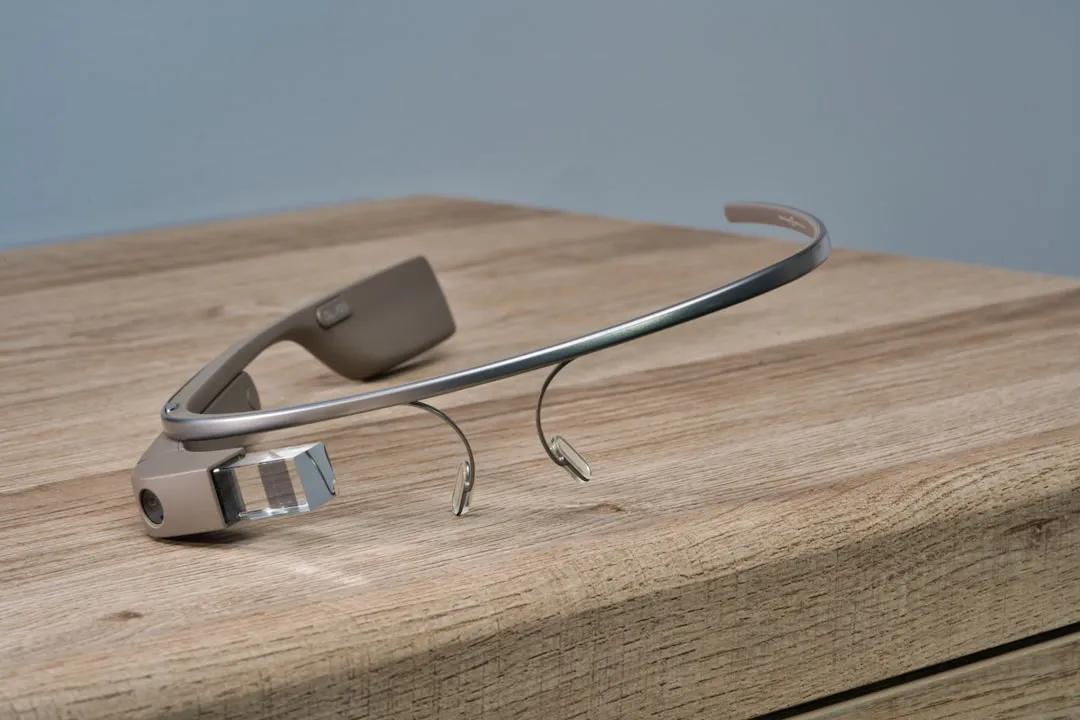




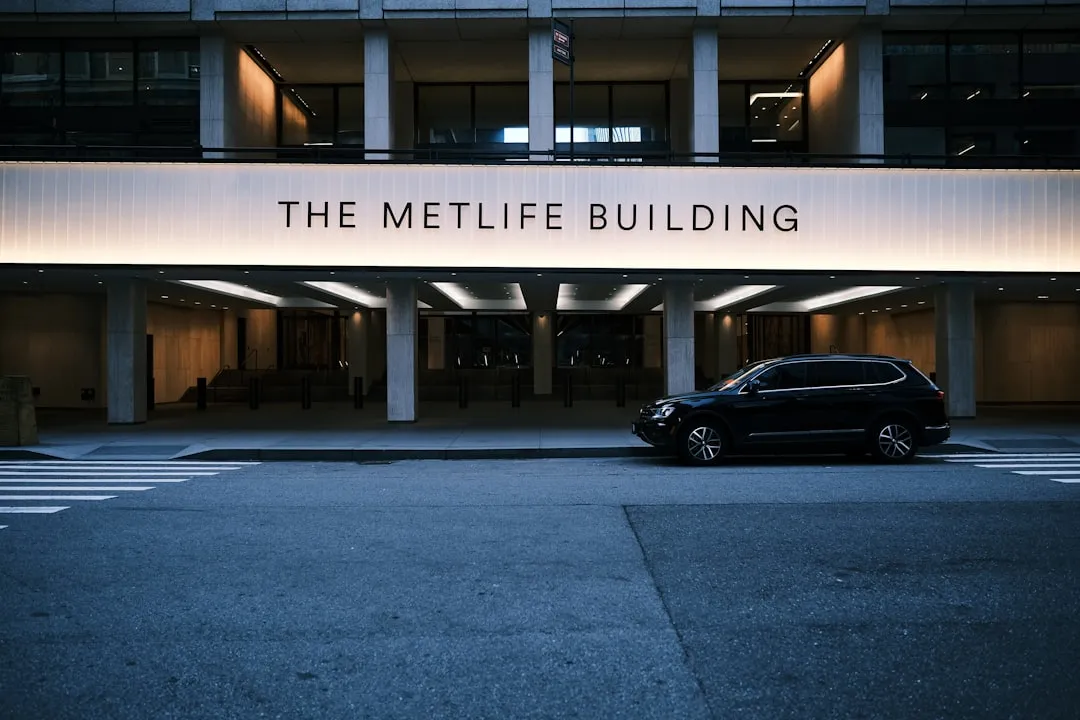



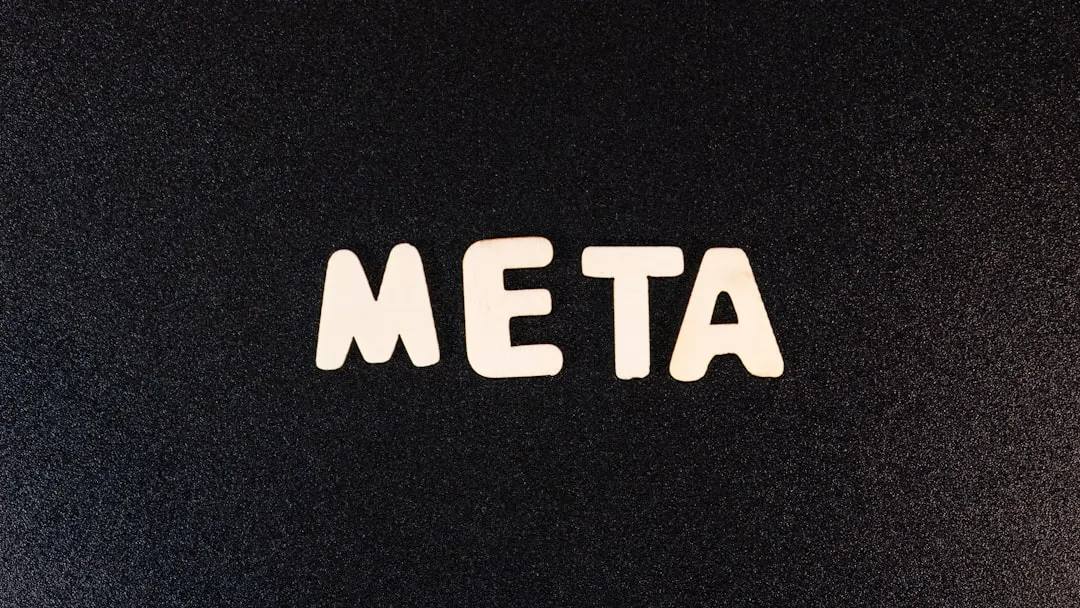


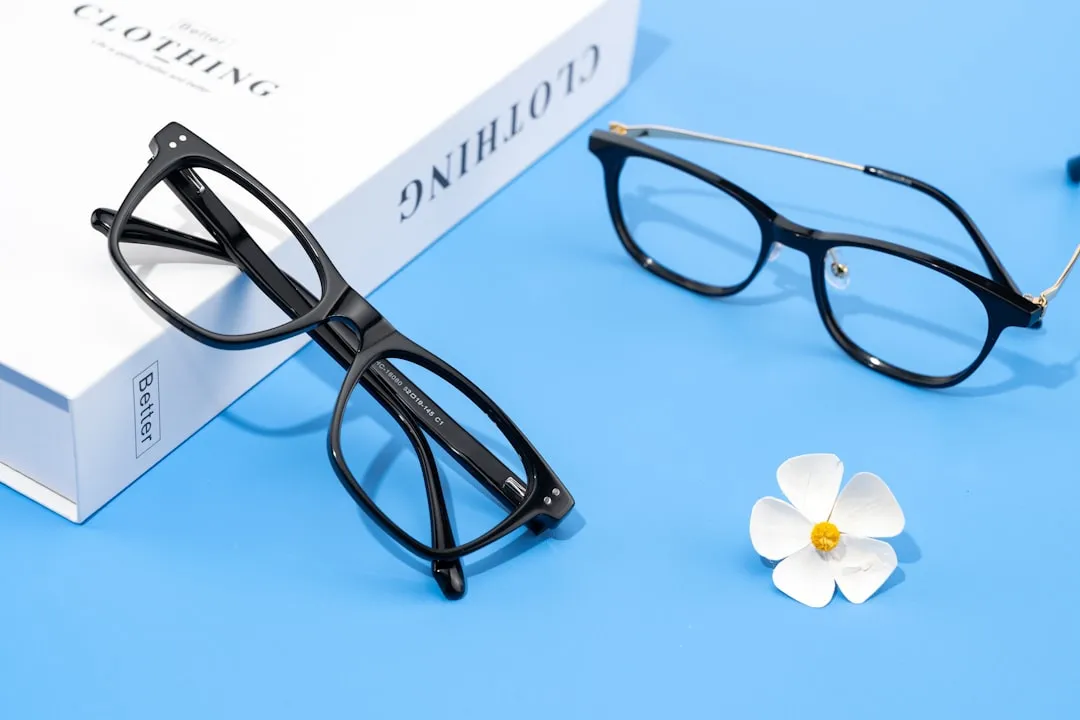
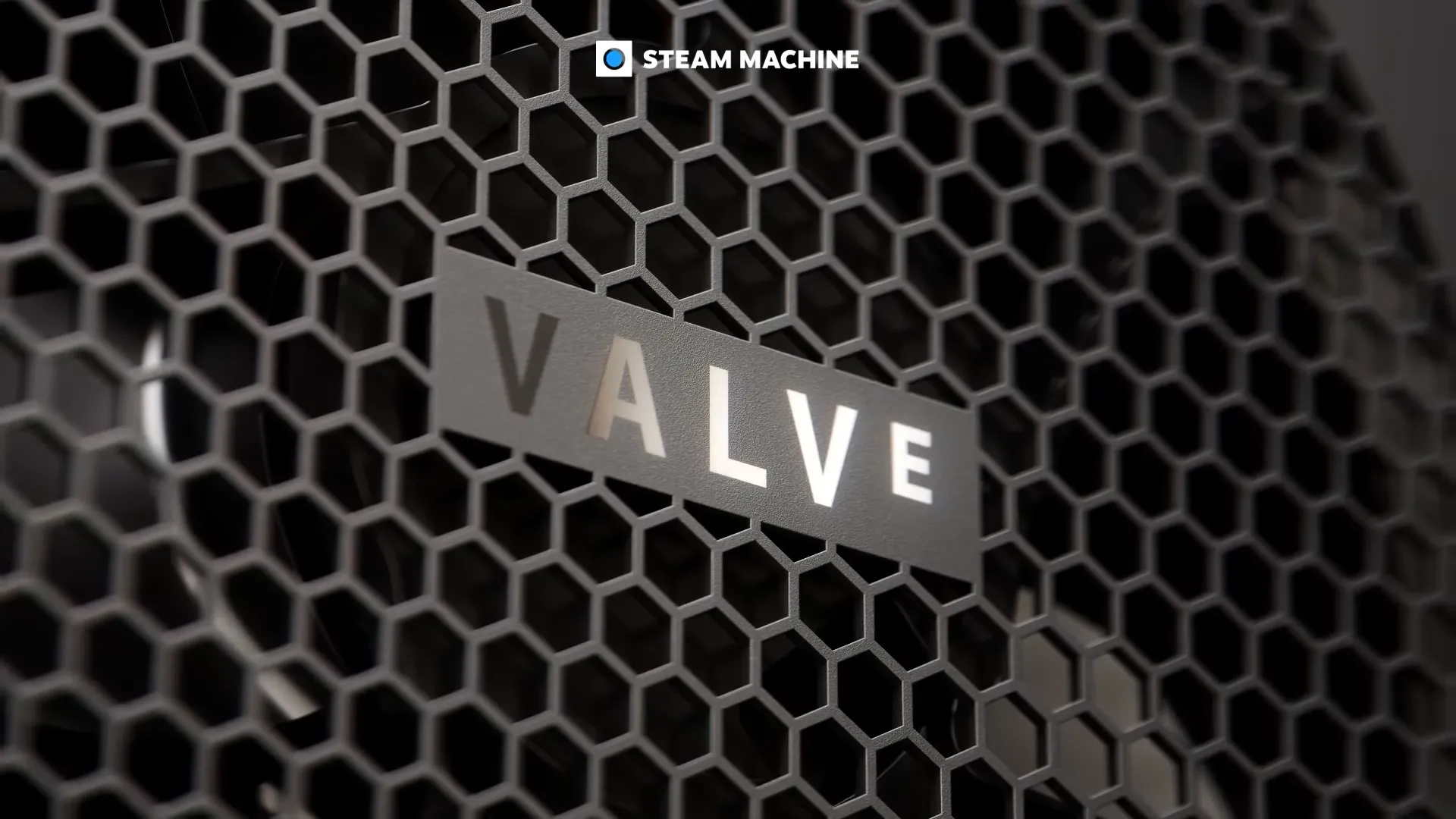
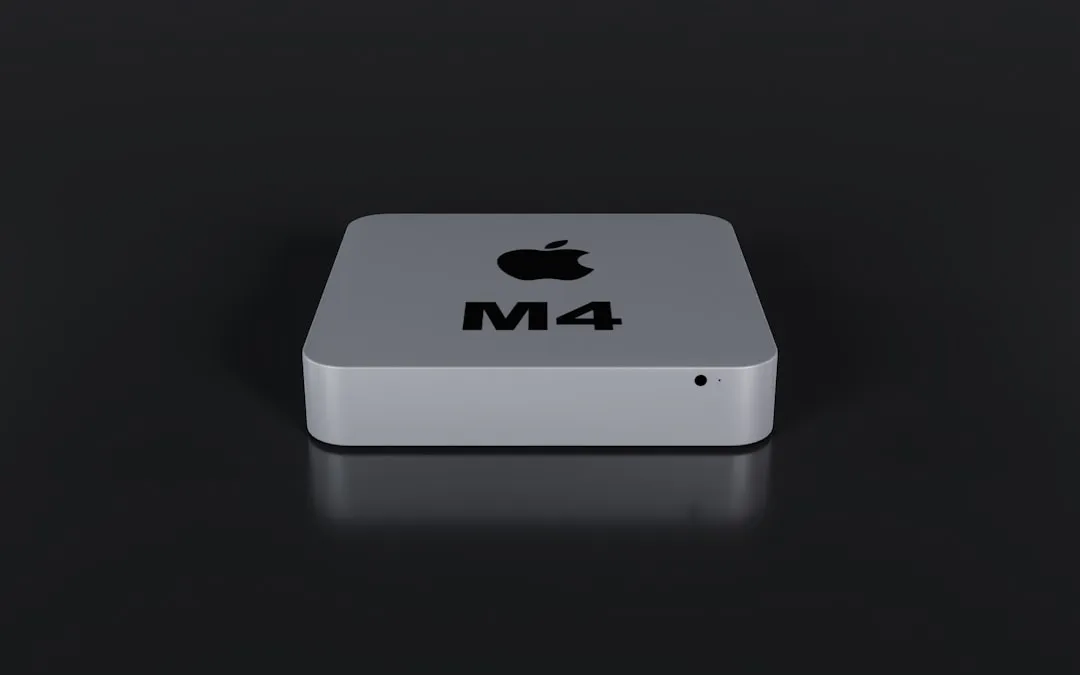
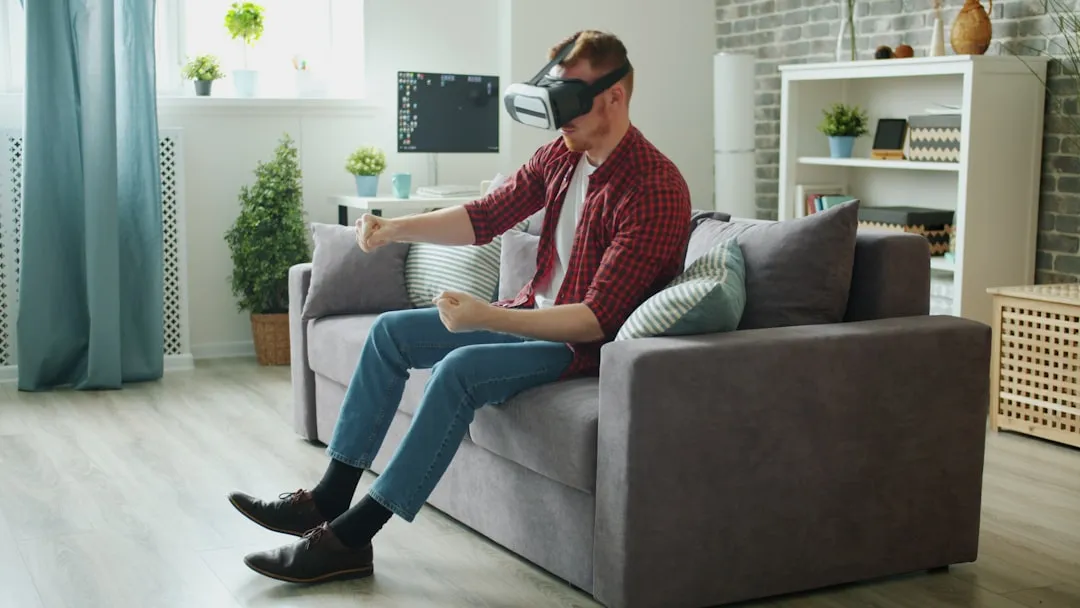
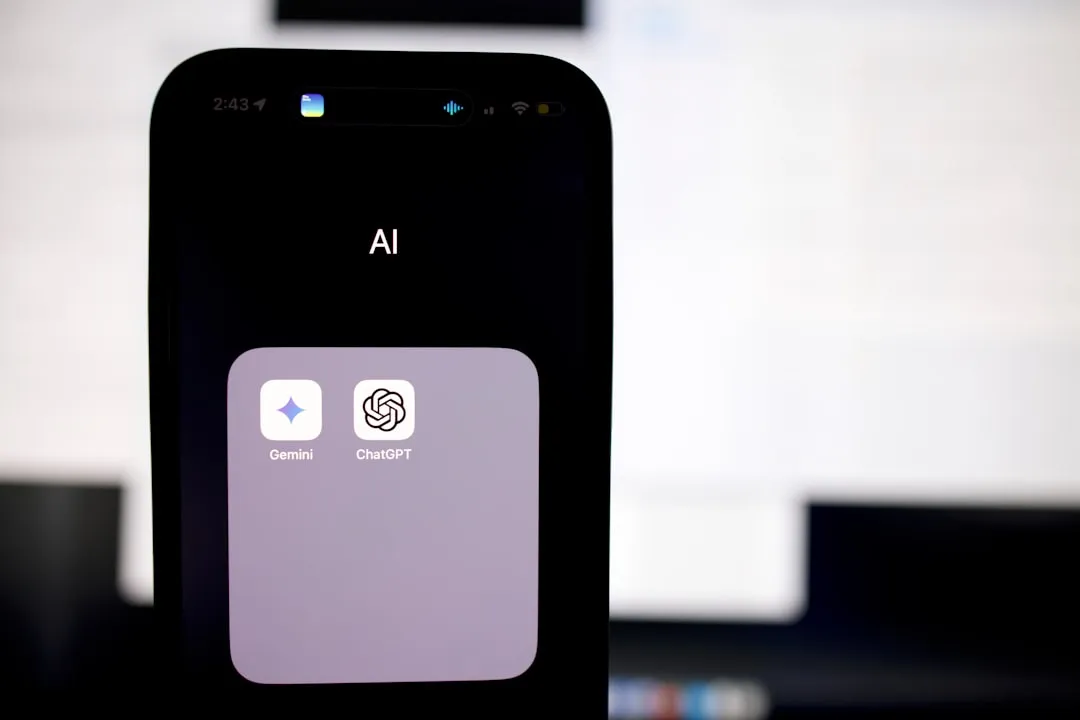
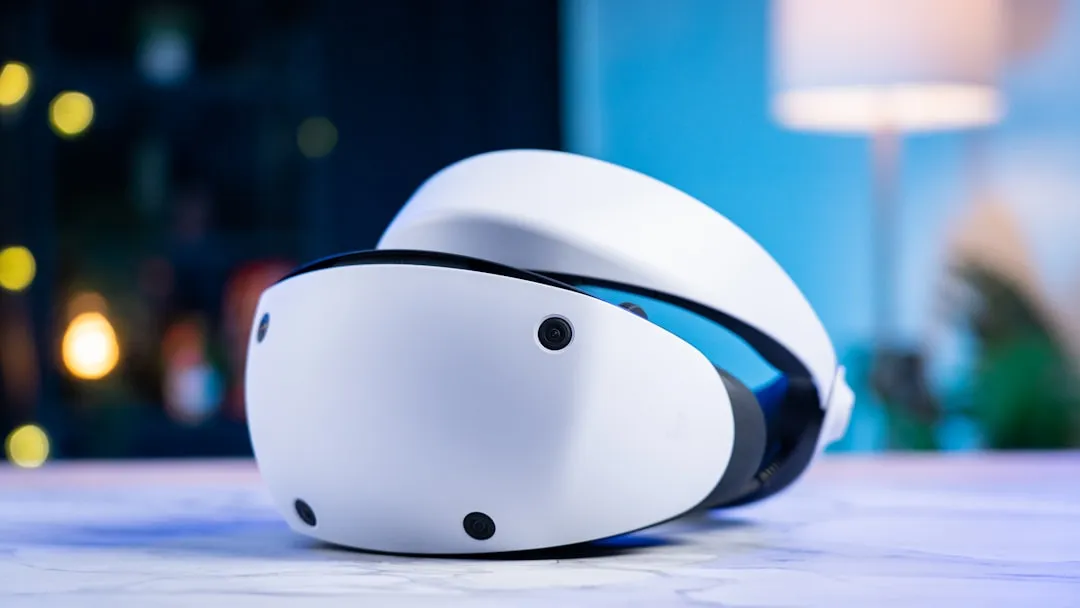

Comments
Be the first, drop a comment!